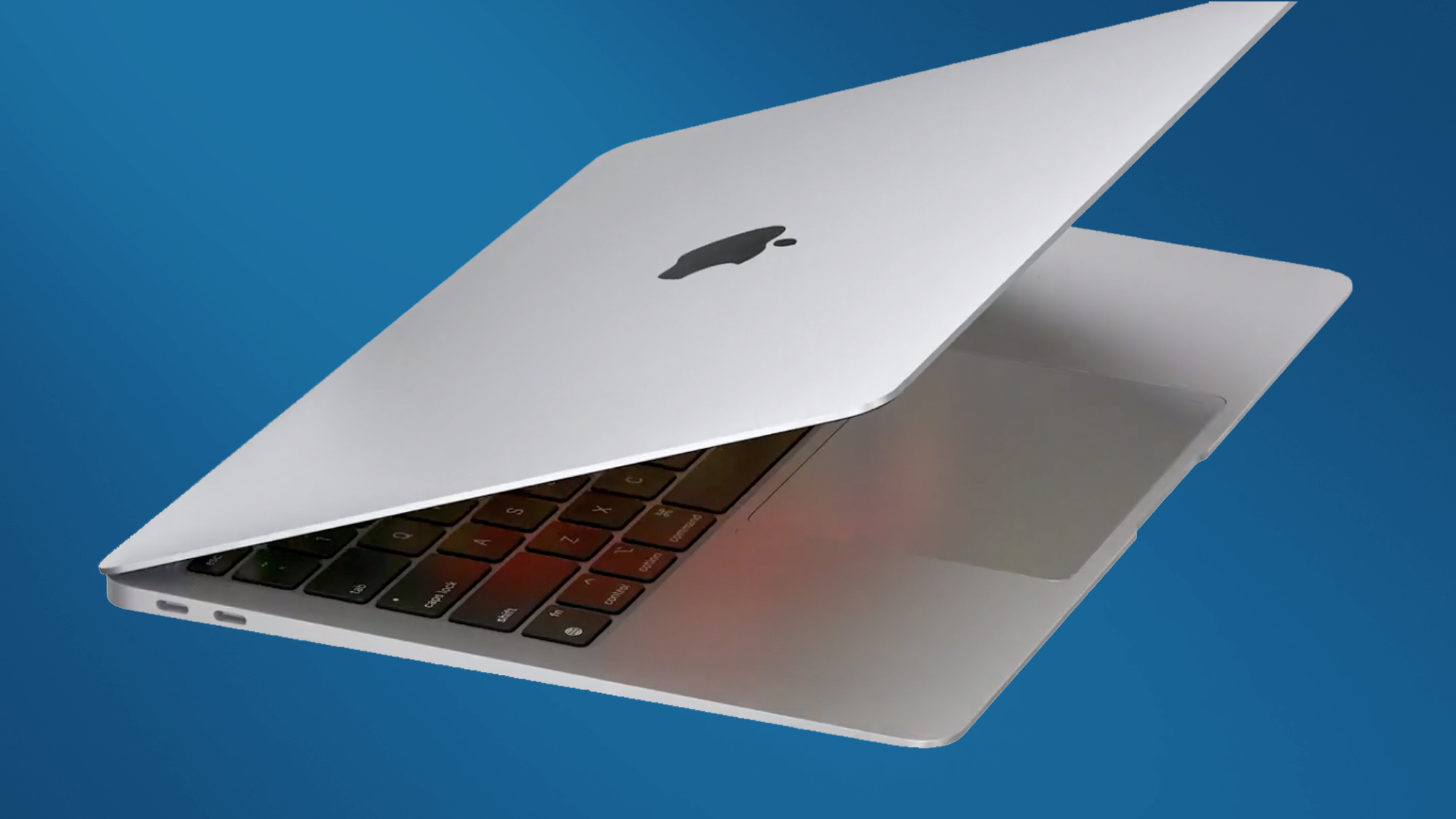The new MacBook Air doesn't have this feature — and it’s a big missed opportunity
The new MacBook Air instantly wakes from sleep, but that's not enough

The new MacBook Air with Apple’s M1 chip looks like the ideal ultraportable laptop. It promises blazing performance that's faster than 98% of Windows laptops along with class-leading battery life (up to 17 hours). And while the design looks identical this time around there are some other notable upgrades.
For example, because the 5nm M1 processor is so efficient, Apple was able to remove the fan from the MacBook Air. This allows the system to run silently. And because of the M1 chip and macOS Big Sur, the new Air instantly wakes from sleep. There’s just one problem.
- What should you buy? MacBook Air vs MacBook Pro
- The best Black Friday laptop deals now
- Plus: Apple Silicon MacBook Pro will drop this powerful graphics feature
As awesome as it is to open your laptop and have it turn on as fast as your refrigerator light, you still need to log in. And while you can use the Touch ID sensor to unlock the new Air, there could have been a much better way.
Where is Face ID?
Unfortunately, the new MacBook Air doesn’t have the killer feature it should have stolen from the iPhone 12, and that’s a TrueDepth sensor. It would be much faster to start working if you could just flip the Air’s lid and the camera recognized you right away. You would just stare straight ahead and get to work.
Many of the best laptops that run Windows, such as the Dell XPS 13, offer Windows Hello support via an IR camera, which automatically logs you in via face recognition, but it’s not as secure as Face ID on the iPhone and iPad Pro. Face ID uses a 3D map of your face and is very difficult to fool.
Some Windows laptops go even further. Dell’s Latitude 9410 uses what’s called Express Log-in, which uses a proximity sensor to log you in what you’re near that laptop and it automatically logs you out when you walk away.
The webcam does has some upgrades
It’s not as if the camera on the MacBook Air didn’t get any upgrades. Yes, the resolution is still just 720 (where is 1080p), but the image quality should be improved this time around.
Sign up to get the BEST of Tom's Guide direct to your inbox.
Get instant access to breaking news, the hottest reviews, great deals and helpful tips.
Thanks to the image signal processor (ISP) inside the M1 chip, you should notice better visuals when making video calls. You’ll see better noise reduction and greater dynamic range, as well as auto white balance, as the camera is smart enough to identify your face keep that well lit.
Unfortunately, that face detection doesn’t extend to logging you in to the system, which puts a damper on that whole instant wake thing.
Mark Spoonauer is the global editor in chief of Tom's Guide and has covered technology for over 20 years. In addition to overseeing the direction of Tom's Guide, Mark specializes in covering all things mobile, having reviewed dozens of smartphones and other gadgets. He has spoken at key industry events and appears regularly on TV to discuss the latest trends, including Cheddar, Fox Business and other outlets. Mark was previously editor in chief of Laptop Mag, and his work has appeared in Wired, Popular Science and Inc. Follow him on Twitter at @mspoonauer.

